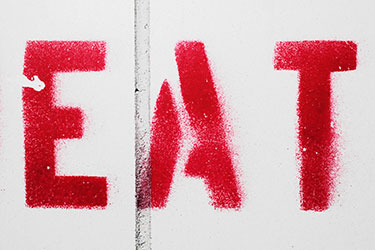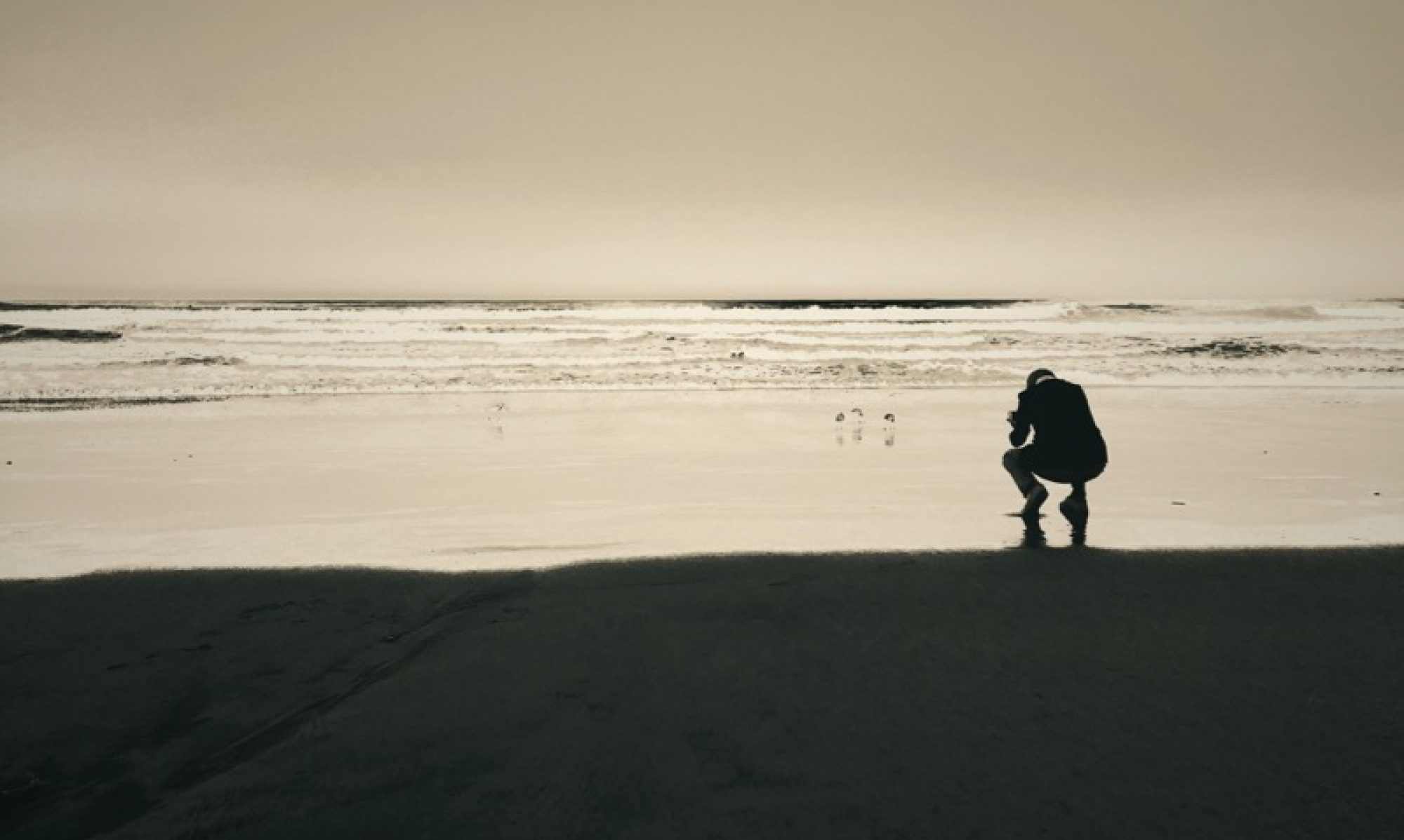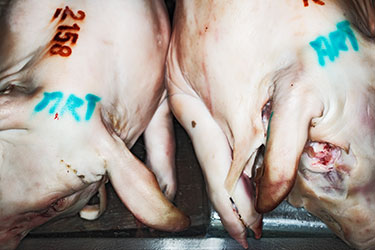While I am inching closer towards an announcement that may be big news as to who the real father of Anna Nicole Smith’s baby is, during the past week I could not help but remember my splendid years at law school back in Germany. Although I have never seen a German judge break down and cry while announcing a verdict, I have always been fascinated by the apparent willingness of human beings to display, and consume, high pitched drama in court. Just one example: As a junior lawyer, I witnessed a judge become slightly impatient with a rather inconsistent and seemingly meek defendant. Quite surprisingly for my inexperienced self, as soon as the defendant felt cornered by the questioning, she switched her behavior within a second––screamed, burst into tears… the whole show. When the session finally came to an end, some observer in the back of the room, apparently a schoolteacher with his class on a rather odd field-trip, got up, gasping “wasn’t that fantastic?”. I guess I still find it difficult to see what, in all the misery, flakiness and irrationality commonly in display during such trials could possibly be considered fantastic.

And still my eyes have been glued to the television screen during the “Who-gets-the-Anna-Nicole-Smith-Corpse” hearings. Oh well, three days of my life down the drain, and no end in sight. At this point I cannot even justify the waste of time with my standard argument that watching t.v. is an essential part of my cultural studies. Perhaps, if one seeks a nice, cultural studies-like way of putting it, one might speak of ‘tragic irony’: that everyone would like to be the rich beauty, or grab any slice of the American Dream whatsoever, even if it means utter destitution. So, on with the pursuit of happiness by free men, as Thomas Jefferson put it: “We hold these truths to be self-evident, that all men are created equal, that they are endowed by their Creator with certain unalienable Rights, that among these are Life, Liberty and the pursuit of Happiness.” I think only after the invention of court t.v. one can fully appreciate the genius of this fine distinction: There’s no such thing as a *right* to happiness, only a right to *pursue* it…


